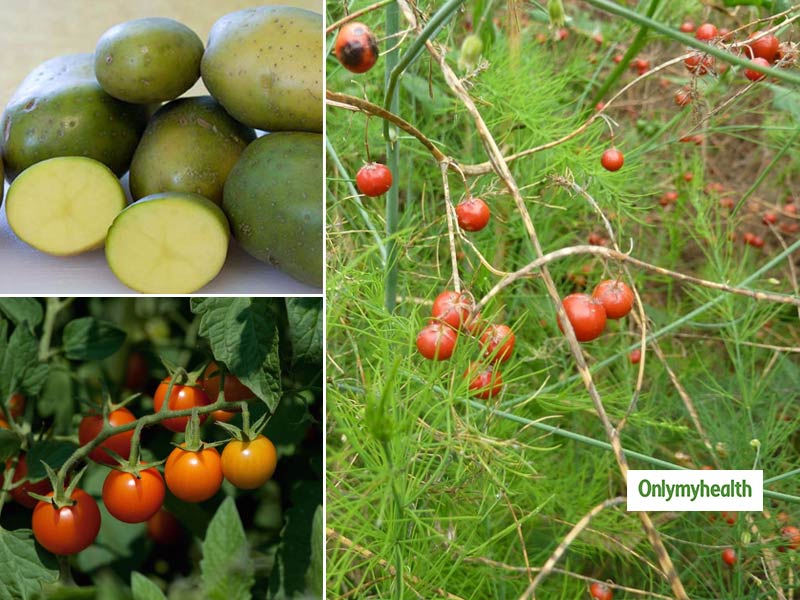
What is a great way to reduce waste? Simple! You can eat all the produce from the root to the stem! After all, plenty of nutritious and perfectly tasty parts of plants, often get composted because individuals never believe in eating them. But before you go experimenting all the cast-off stems, roots and seeds in your pantry, know that sometimes there are functional purposes these things don't routinely show up on our dinner plates—generally because they are, dangerous to eat. Both beetroot, spinach and carrot leaves and stem are very beneficial, but there are some plants whose roots and stems are harmful to health, some can be fatal. Would you like to know which source and stem of plants can be dangerous? Here are some produce scraps that are better left in the compost bin.
Table of Content:-
Asparagus berry

These are ripening berry mostly found in the bushes (which are very much liked, children). Do you know that this berry is poisonous? These contain sapogenins which make you sick. These sapogenins act as toxic to humans and serve as poison for animals. If you eat these berries, you may have vomiting and diarrhoea. Speaking botanically, asparagus "berries" aren't berries at all! Instead, they are seed pods, and each one holds 3 or 4 seeds. That is how it (asparagus) self-propagates. Pick those red berries and allow them to dry naturally in the sun.
Also Read: Rakhi Special Dessert Tasty Rum-Raisin Delights

Green potatoes
The potato belongs in the nightshade family—plants of this family store toxic compound solanine in themselves, which is harmful to health. Potatoes will often go green when they are not stored correctly, and they're exposed to light. This is due to the formation of chlorophyll; however, the green colour (which is found in all green plants); is a useful indicator that levels of certain toxins that are harmful to humans, known as glycoalkaloids, may be increased.
Also Read: Healthy Sugar For Diabetes Patients
Tomato leaves

Tomatoes also belong to the respective family of potatoes, so they are also not considered suitable for health. In Europe, people were afraid to use it for more than 200 years. Tomato leaves contain solanine and tomatine, which can cause stomach ache. Tomato Leaf Anatomy has compound leaves. The tomato plant leaves are made up of leaflets which are distributed along the compound leaf rachis. While the entire compound leaf is connected to the stem by the petiole, the leaflets are connected to the rachis of the compound leaf by the petiolule.
Eggplant leaves and flowers

Brinjal is a plant under night seed. Eggplant leaves and flowers harm health. Its leaves and flowers contain toxic solanine which can cause stomach and headaches. Eggplant (also known as Solanum melongena), is a tropical, herbaceous, perennial plant, closely related to the tomato. The Solanaceae plant family have a branching stem and long, dull, flat. Coarsely green lobed leaves are arranged alternately on the branches. The eggplant is a delicate, tropical perennial plant often cultivated as a tender or half-hardy annual in temperate climates. The stem is often spiny. The flowers are purple to white, with a five-lobed corolla and yellow stamens.
Read More Articles in Healthy Diet
How we keep this article up to date:
We work with experts and keep a close eye on the latest in health and wellness. Whenever there is a new research or helpful information, we update our articles with accurate and useful advice.
Current Version
